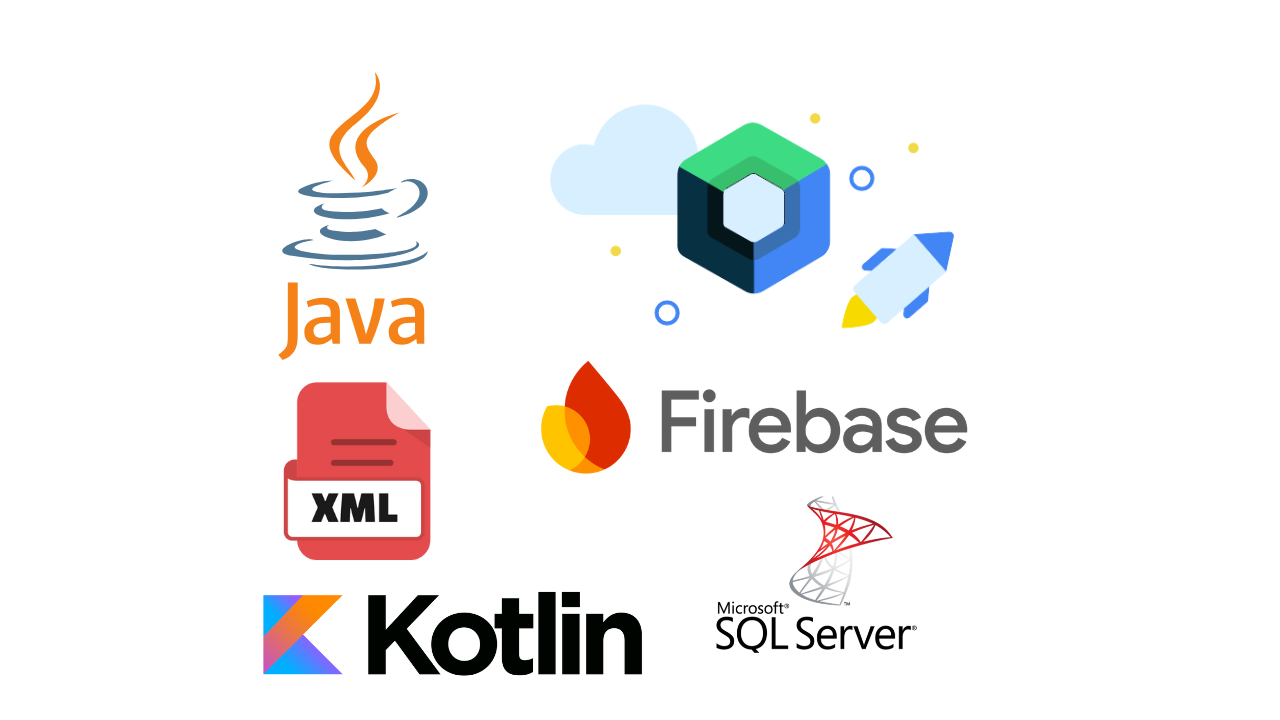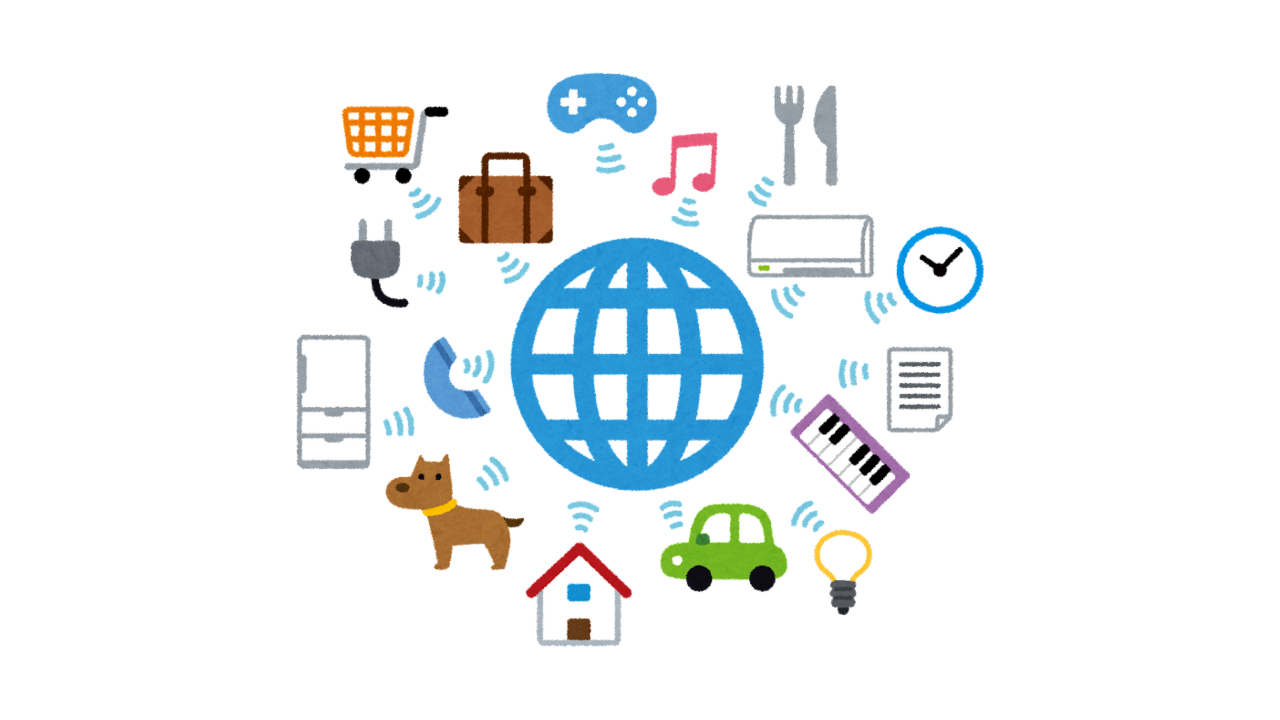In the ever-evolving world of technology, mobile apps continue to redefine how businesses operate and how users interact with services. As we step into 2024, new trends and innovations in mobile app development are shaping the future. Businesses must stay ahead of these trends to remain competitive and meet user expectations. Here are some of the most exciting trends to watch in mobile app development in 2024.
1. Rise of AI-Powered Apps
Artificial Intelligence (AI) is no longer a buzzword; it’s a necessity. Apps are now smarter than ever, thanks to AI-driven features such as:
- Personalized Recommendations: AI algorithms analyze user behavior to provide tailored suggestions.
- Chatbots and Virtual Assistants: Tools like ChatGPT and AI assistants are improving customer service.
- Predictive Analytics: Apps use AI to anticipate user needs, boosting engagement and satisfaction.
For businesses, integrating AI into apps means providing a seamless and intelligent user experience.
2. 5G Integration
The rollout of 5G technology is a game-changer for mobile apps. With its ultra-fast speeds and reduced latency, 5G will enable:
- Enhanced AR/VR Experiences: Apps will deliver more immersive augmented and virtual reality interactions.
- Real-Time Streaming: Improved video and gaming experiences with minimal buffering.
- Faster Data Processing: Making apps more efficient and responsive.
Industries like gaming, healthcare, and e-commerce are set to benefit significantly from 5G.
3. Growth of Super Apps
Super apps, like WeChat and Grab, are becoming increasingly popular worldwide. These apps combine multiple services into a single platform, offering:
- Messaging
- Payments
- E-commerce
- Food delivery
- Transportation
In 2024, businesses are likely to focus on developing apps that provide a one-stop solution for users’ daily needs.
4. Focus on Sustainability
As users become more environmentally conscious, sustainability in app development is gaining traction. This includes:
- Energy-Efficient Apps: Reducing battery consumption and optimizing resource usage.
- Green Hosting: Choosing data centers powered by renewable energy.
- Promoting Eco-Friendly Practices: Apps that encourage sustainable habits among users.
Sustainability is not just a trend but a responsibility for developers and businesses.
5. Augmented Reality (AR) and Virtual Reality (VR)
AR and VR are revolutionizing various sectors, from gaming and real estate to healthcare and retail. In 2024, we can expect:
- Virtual Try-Ons: Retail apps enabling users to try clothes, glasses, or makeup virtually.
- AR Navigation: Real-time, interactive maps for a better navigation experience.
- Immersive Learning: Educational apps with engaging AR/VR content.
These technologies create highly interactive experiences, attracting and retaining users.
6. Blockchain in Mobile Apps
Blockchain technology is set to transform app security and transparency. Key applications include:
- Secure Transactions: Protecting user data and preventing fraud in payment apps.
- Decentralized Apps (dApps): Apps that run on a blockchain network, ensuring transparency.
- Digital Identity Management: Safeguarding sensitive user information.
Blockchain’s potential is immense, particularly for finance, healthcare, and logistics apps.
7. Internet of Things (IoT) Integration
The IoT is making our devices smarter and more connected. In mobile app development, this trend is driving:
- Smart Home Control: Apps for managing appliances, lights, and security systems.
- Health Monitoring: Wearable apps tracking fitness and health metrics in real time.
- Automated Workflows: Businesses integrating IoT devices for streamlined operations.
IoT-powered apps are enhancing convenience and efficiency in both personal and professional life.
8. Emphasis on App Security
With increasing cyber threats, app security is more critical than ever. Trends in 2024 include:
- Biometric Authentication: Fingerprint and facial recognition for secure access.
- End-to-End Encryption: Protecting user data during communication and transactions.
- Regular Updates: Ensuring apps stay protected against new vulnerabilities.
Users are more likely to trust and use apps that prioritize their safety.
9. Wearable Technology
The growing popularity of smartwatches, fitness bands, and other wearables is driving the development of apps tailored for these devices. Apps are focusing on:
- Health and Fitness Tracking: Monitoring activity, sleep, and heart rate.
- Seamless Notifications: Syncing messages, calls, and alerts with wearables.
- Voice Commands: Hands-free interactions with wearable devices.
Wearable tech offers a new avenue for innovation in app development.
10. Low-Code/No-Code Development
Low-code and no-code platforms are democratizing app development, allowing even non-technical users to create apps. Benefits include:
- Faster Development: Reducing time-to-market for apps.
- Cost-Effectiveness: Lowering development costs for businesses.
- Custom Solutions: Enabling quick changes and updates as per user needs.
This trend is particularly advantageous for startups and small businesses.
Conclusion
The future of mobile apps in 2024 is defined by innovation, efficiency, and user-centric design. By embracing these trends, businesses can create apps that not only meet current demands but also anticipate future needs. Whether it’s leveraging AI, integrating IoT, or focusing on sustainability, the possibilities are endless.
At Aviora, we stay ahead of these trends to deliver cutting-edge solutions for our clients. Ready to take your business to the next level? Contact us today!



